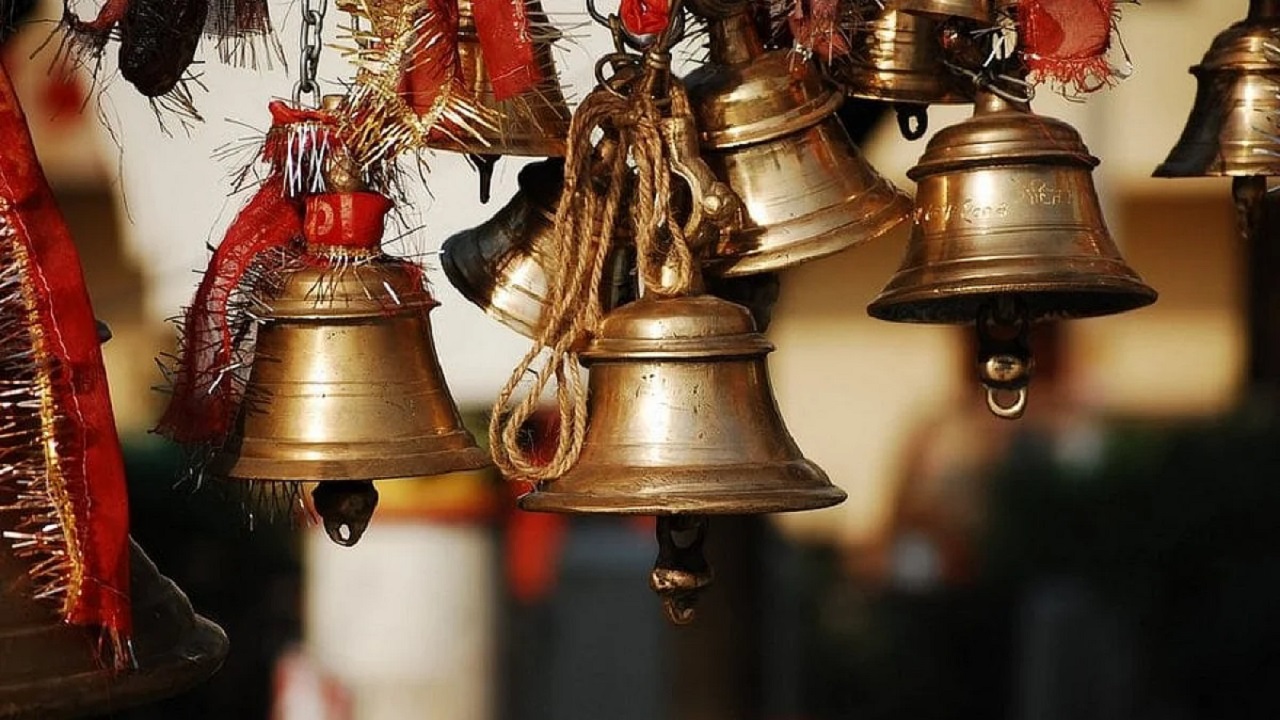Diverting Temple Resources : Historical Roots and Contemporary Debate
Context
Recently, a political controversy has erupted in Tamil Nadu over the diversion of temple funds for establishing colleges. This debate has gone beyond financial concerns and highlighted a unique social justice model of regulating the secular practices of religious institutions.
As elections in Tamil Nadu and Kerala approach, a clear understanding of this issue becomes crucial to avoid religious polarization and ensure that debates remain rooted in facts, law, and historical context.
What is the Issue?
-
Diversion of Temple Funds – Allegations about using surplus temple resources for college construction.
-
Regulation of Secular Practices – Raises questions about state oversight of non-religious functions of temples.
-
Social Justice Angle – The debate touches on equitable opportunities, ensuring welfare of marginalized groups, and the broader aim of creating a discrimination-free society.
Historical Background of Religious Endowment
-
Meaning – Religious endowment refers to assets dedicated for religious or charitable purposes, managed by institutions like temples.
-
Ancient Tradition – Since 970 AD under the Chola Empire, rulers and figures such as Queen Sembiyan Mahadevi made strategic land and wealth donations to temples.
-
Temples as Cultural Hubs – Functioned as centers of education, culture, and welfare, justifying their role in supporting educational institutions even today.
Evolution of Legislative Framework
-
Religious Endowment Regulation (1817) – Brought by the East India Company, first formal law on temple regulation.
-
Royal Proclamation (1858) – Limited Crown’s interference in religious practices but maintained control over secular matters.
-
Justice Party Reforms (1920s) – Advocated accountability and transparency in temple management.
Key Legislative Milestones
-
Hindu Religious Endowments Act, 1922 – Allowed diversion of surplus funds, though controversial.
-
Tamil Nadu Hindu Religious and Charitable Endowments Act, 1959 –
-
Section 36: Trustees can use surplus funds beyond temple maintenance with state approval.
-
Section 66: Surplus funds may establish colleges/universities, provided they impart Hindu religious or architectural education.
-
-
Judicial Validation – The 1959 Act has been upheld by courts, confirming the legality of fund diversion for educational purposes.
Legacy of Social Justice
-
Pre-Colonial Period – Temples used as tools for welfare allocation by rulers.
-
Colonial Period – British regulation ensured revenue generation and stable governance.
-
Self-Respect Movement (1920s–30s) – Positioned temple reform as part of anti-caste struggles, paving the way for Temple Entry Legislations (1936, 1947).
-
Modern Developments – Tamil Nadu and Kerala have appointed priests from backward classes, marking a significant step in religious equity.
Present Significance
-
Legal and Governance Angle – Oversight ensures fairness and accountability in temple fund allocation.
-
Electoral Relevance – Clear understanding prevents misuse of religious sentiments during elections.
-
Social Justice Continuum – Opposing oversight risks reversing decades of reforms that shaped South India’s progressive model.
Conclusion
The controversy over temple funds in Tamil Nadu is not just about financial diversion but about the essence of social justice, accountability, and inclusive governance.
With deep roots in history, colonial regulation, post-independence legislation, and social reform movements, the diversion of temple funds for education stands on a legally valid and socially progressive foundation.
Challenging this model would mean undermining South India’s legacy of reform, equity, and welfare-oriented governance.




Comments (0)